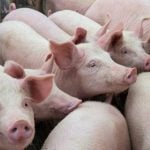
Tag Archives Honey bee

Farm issues in spotlight at Manitoba Honey Bee Day
Inaugural event aims to raise public awareness of issues facing beekeepers

Another bad season for bees
Experts explore the reasons for bee population declines -- and ways to mitigate the problem
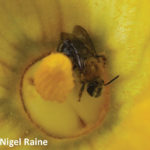
Wild bees need stronger pesticide regulation
Pesticide regulations designed to protect honeybees fail to account for potential health threats to the full diversity of bee species that are even more important pollinators

Training critical for new beekeepers to avoid disease woes
Beekeepers stress the need for industry newcomers to be trained in disease and pest management

National colony loss one of the lowest in 10 years
Beekeepers say their death losses are falling, but nobody is exactly sure why
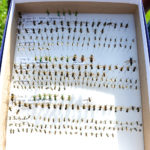
More than just bumblebees
A new research project at AAFC is assessing habitat for the 231 different species of native bees in Manitoba

Bee die-offs from multiple causes
Experts and bee industry representatives say the story’s been presented one dimensionally by many in the media

Non-crop plants source of most pesticide contamination of bees
One of the most common sources of pollen contamination is home pest control products
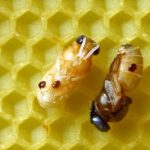
Mites could play role in variable bee losses
Honeybee losses are all over the map in Manitoba this year, as experts eye the impact of the varroa mite
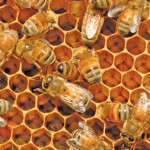
Beehives to go high tech
A so-called smart beehive could change how apiarists manage their colonies and treat mites


